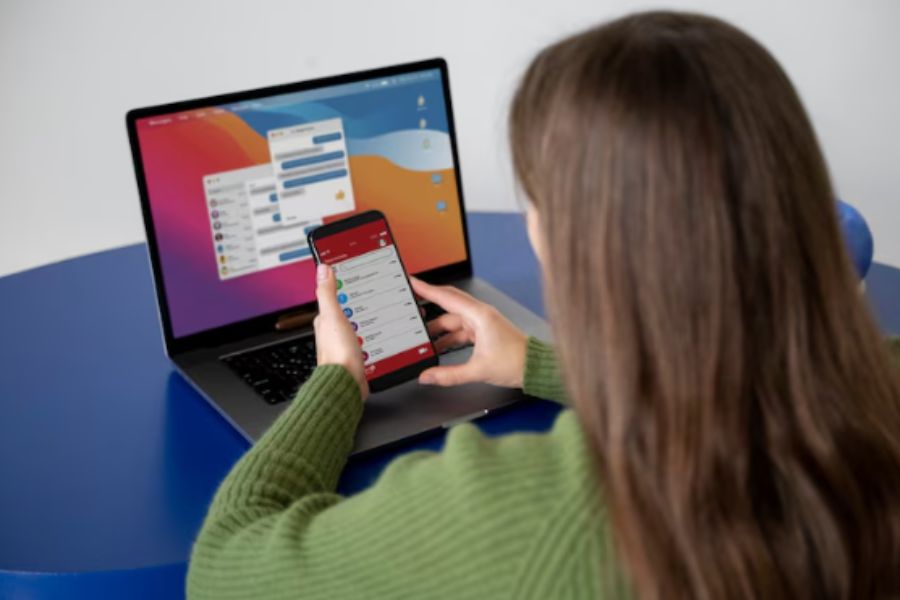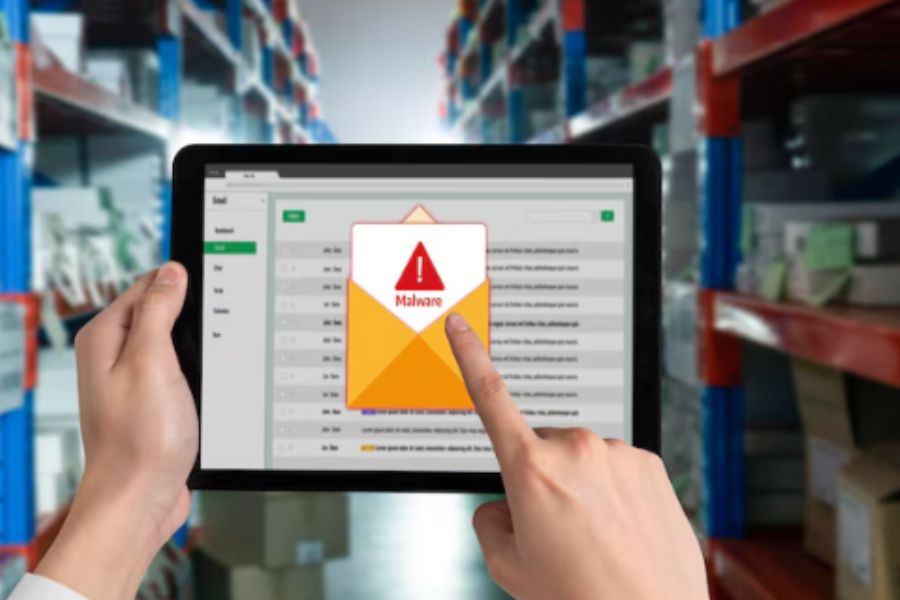For brick-and-mortar shops to maximize income, they need to have a strategic retail counter layout. Retailers can strategically route customers to high-priority items, promote impulsive purchases, and manage customer flow while keeping everything organized. If you want to know more about the tips to design your ideal retail counter, this blog is for you.
Determine a floor plan
Before designing the retail counter, it is important to determine a floor plan as a whole. The sort of layout you select is determined by the size of your store, the style of shopping experience you want to provide, and the items you offer.
Grid layouts are common in grocery shops, for example, since they are predictable and easy to navigate. On the other hand, Boutiques are more likely to use more imaginative layouts that allow businesses to emphasize various items.
Why should you do this first? Once you’ve decided on a floor plan (and put it on paper), it will be much easier to move on to the smaller details, including the retail counter.
Consider traffic flow and customers’ behaviors
Customer flow is one of the most important factors influencing your retail counter’s design. To prevent discomfort and create a great customer experience, the location of your retail counter should fit the natural ways that customers flow through your area. A place that is easy to find will help you build a retail layout that is both comfortable and natural.
Research shows up to 90% of the global population is right-handed. This means consumers will be likelier to turn right when walking in a store. Therefore, the checkout counter should be placed in the front left corner of the shop. When people enter a store, they naturally go to the right, loop around, and exit on the left. This eliminates confusion while they shop at physical stores, especially those with large areas.
It is, however, only our suggestion. Remember to be creative and select a location that best fits your store.
Make sure to give enough space for payment
When designing a retail counter, it is important to ensure enough room for the checkout process. For example, use a checkout counter large enough to keep products while consumers continue shopping (especially in small stores that don’t have carts). Interestingly, empty hands can pick up more items, resulting in greater sales.
In addition, make sure the checkout counters are big enough to place the checkout tools needed – such as cash drawers and receipt printers. Last but not least, you should also provide enough for consumers to lay their bags down.
Consider the traffic load
This point is more important to bigger companies with high store traffic load. Ask yourself if one retail counter should be enough to handle checkout efficiently. Moreover, according to research, 20% of shoppers said they are not willing to spend more than 3 minutes in stores to wait in line. As a retailer, you obviously don’t want customers to wait in lines in order to complete their in-store purchases. Therefore, it is important to plan beforehand the number of retail counters you will need
Consider self-checkout
According to a consumer survey in 2019, 73% of respondents prefer self-checkout. Your consumers will benefit from a self-service point of sale (POS) system since they can check out faster and have a better shopping experience. Meanwhile, you may increase your sales and better utilize other resources.
Many POS on the market nowadays, such as ConnectPOS, offer powerful features that support a seamless self-checkout. Top-notch technologies such as the PWA Consumer App allows customers to make a purchase right on their phones. This will be the future of retail, so considering it when developing an efficient retail counter can bring huge success in the long run.
Wrapping up
Although planning the retail counter is not an easy process, many small business owners succeed in doing so. With the suggestions in this blog and further efforts, you’ll be well on your way to designing a retail business that’s easy to browse, friendly to consumers, and, most importantly, profitable.
If you are interested in ConnectPOS, it’s time to leverage your retail counter with us by contacting our team!



